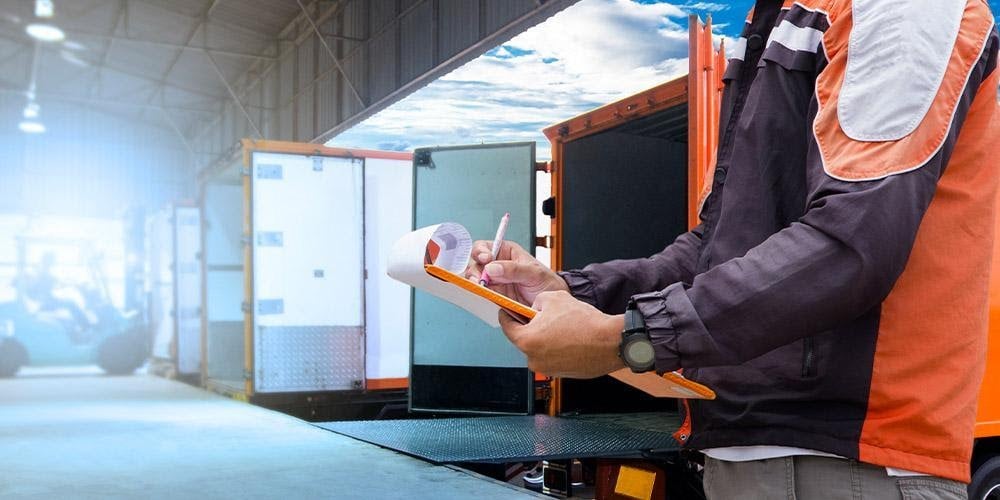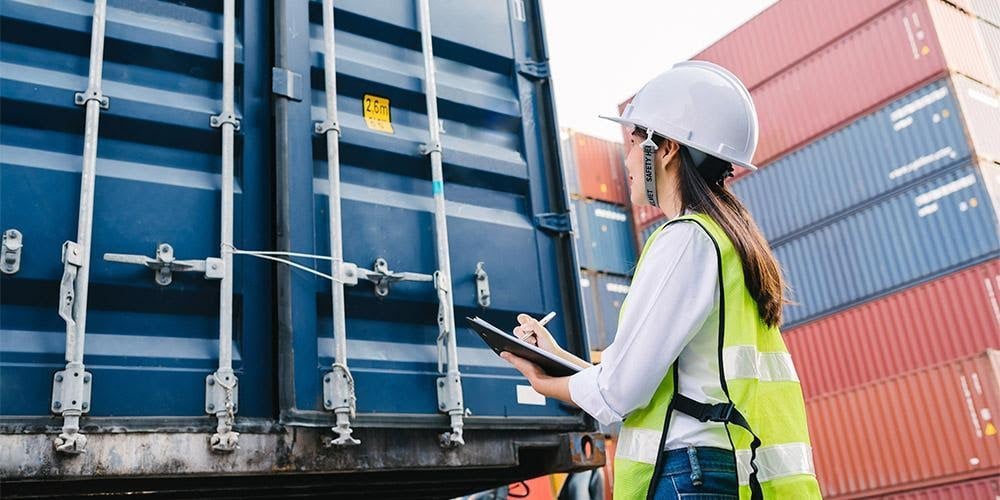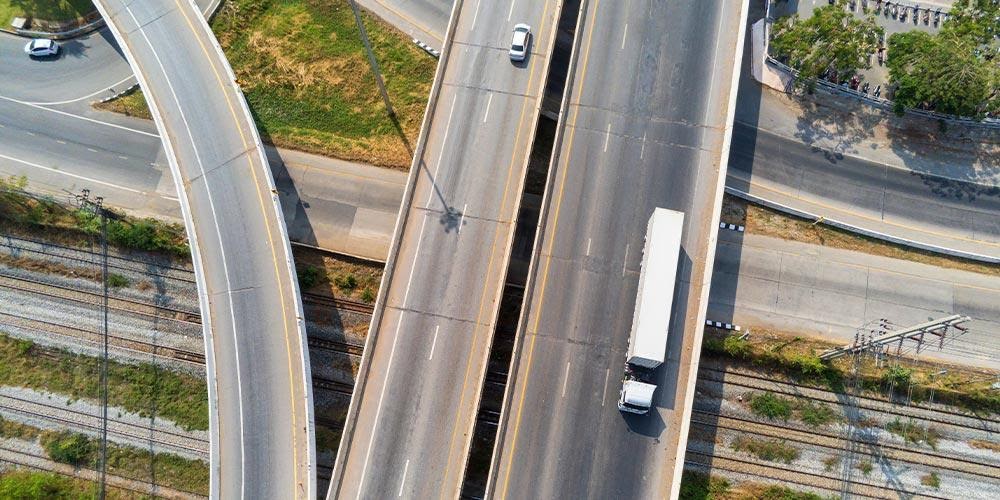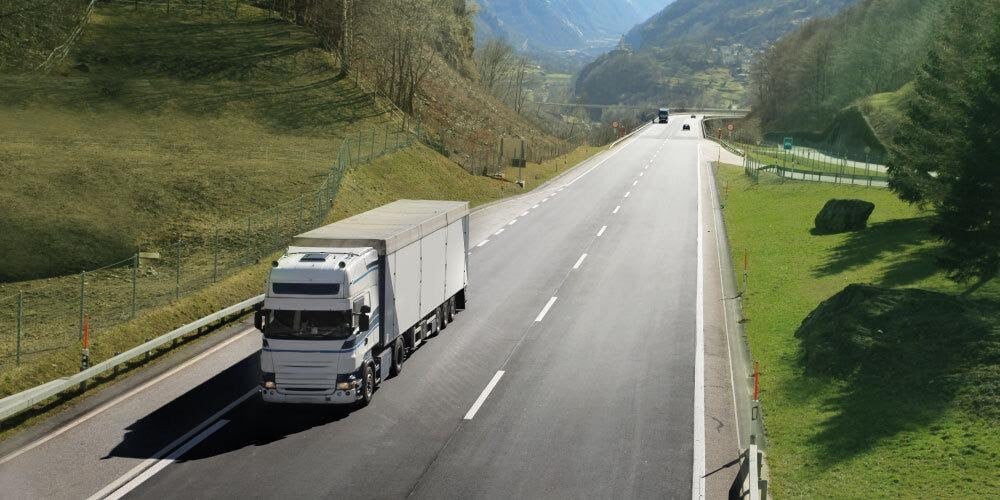
In the past years, humankind has transformed ecosystems to satisfy its needs. As a result, the ecological footprint produced globally has grown exponentially, causing substantial and irreversible damage to the environment.
An environmental problem
The indicator determining the land and sea area necessary to produce the resources that a country, business or person uses as well as the area required to absorb the waste generated by them is known as the ecological footprint.
The footprint a human being produces amounts to an average of 6.67 acres, however, the maximum capacity that the planet can take for each individual is 4.44 acres. Behind this gap, lies one of the major challenges in environmental sustainability.
With regards to Mexico, the situation has worsened since 1961, when this indicator actually reached the limit of 4.4 acres per capita. Worryingly, by 2014, the environmental footprint in our country recorded 6.17 acres and with Mexico becoming the 46th deficit country in biocapacity worldwide.
Importance of biocapacity in sustainable development
This concept was coined in 1996 by researchers William Rees and Mathis Wackernagel, from the University of British Columbia, being the latter who founded Global Ecological Footprint, an organization that records these indicators and biocapacity rates from a large number of countries across the globe.
Among the activities mainly associated with an increase in the ecological footprint are the use of fossil fuels, agriculture, fishing and livestock farming, but in what concerns the logistics industry, logistics processes take their toll as well.
Coupled with the above, this phenomenon comes with certain consumption categories to meet certain needs like food, products, services and transportation, hence the importance of learning about these metrics as a first step to realize the environmental responsibility that we have as individuals, societies and companies.
The Five S’s for green logistics
Caring for the environment is an endeavor that must not be undertaken by governments only, because the changes helping to reduce the damage to the ecosystems reside in each and every of us.
A good kickoff for the business domain in order to do something about this is to learn and implement a plan based on five practices that favor environmental sustainability:
1. Separate unnecessary items
To do this, we must identify the areas that most consume resources (water, power, raw materials, etc.) in a way to follow strategies preventing waste and promoting optimization. In logistics services, the use of a Transportation Management System (TMS) enables businesses to perform this practice preventing mishaps and facilitating better fuel management.
2. Systematize practices
Especially those related to time, materials and waste management. For instance, in order to set in motion green logistics, the use of technologies such as route planning software not only improves performance in daily operations, but also contributes to neutralizing CO₂ emissions by searching alternative and less crowded routes.
3. Sanitize first
Cleaning and disinfecting the areas where specialized products and equipment are used can boost labor optimization while saving water, power and other resources.
4. Signal actions
For instance, setting specific areas in each stage of the logistics process and quantifiable goals together with fostering a responsible use of machinery and equipment.
5. Stimulate staff awareness
In the first place, staff can build up awareness in terms of the business’ social commitment and they can also feel more identified with the business itself. In line with this philosophy, our Akzent Zero program seeks to mitigate the environmental impact produced by the freight process.
Today more than ever, it’s time to raise awareness and support environmental care with concrete actions. At Akzent, we have adjusted our processes for the benefit of sustainable development, and in line with this, Akzent Zero is helping more and more companies to neutralize the carbon footprint in their logistic chains.
Related











